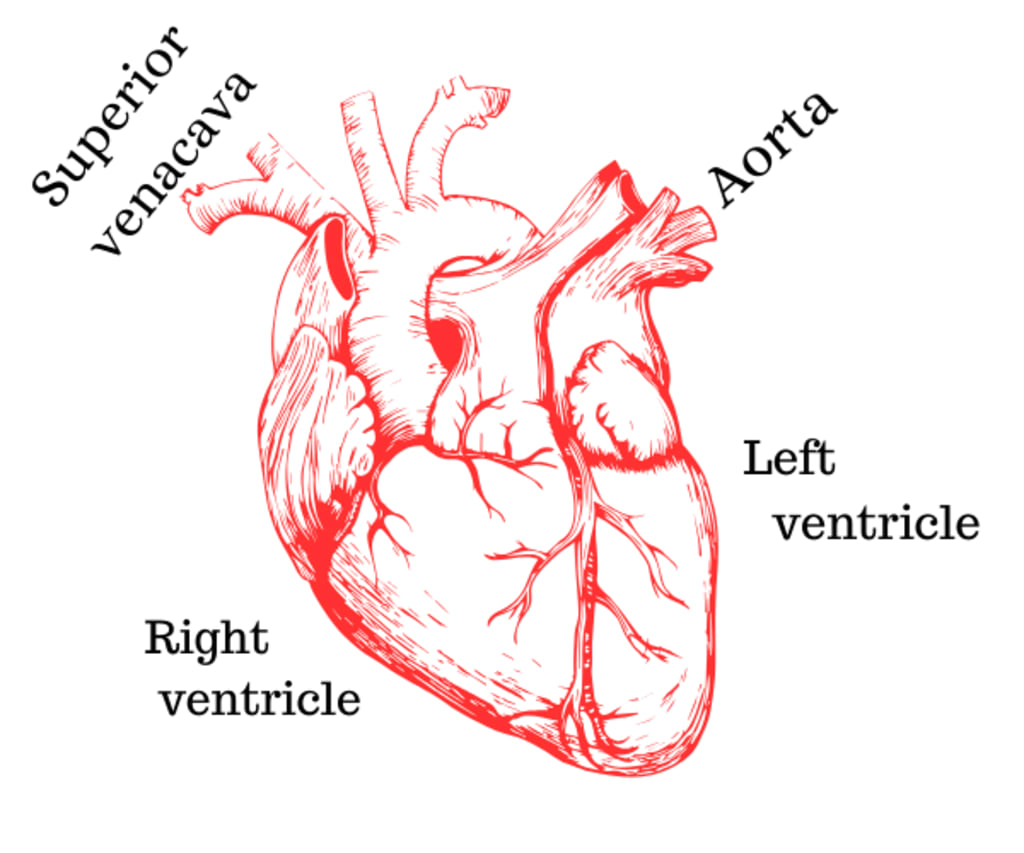Circulatory Systems in the Human Body
Introduction:

The circulatory systems is one of the most vital system in the human body. It is responsible for the transportation of blood, oxygen, nutrients, and hormones to all the organs and tissues, while also removing waste products and carbon dioxide. The circulatory system consists of the heart, blood vessels, and blood.
The Heart:
The heart is a muscular organ located in the chest, slightly to the left. It acts as a pump, continuously contracting and relaxing to propel blood throughout the body. The heart has four chambers: two atria and two ventricles. The atria receive blood from the veins, while the ventricles pump blood out through the arteries.
The heart's contractions are controlled by electrical signals, ensuring that blood is pumped in a coordinated and efficient manner. The heart also has valves that prevent the backward flow of blood, ensuring that it flows in one direction.
Blood Vessels
Blood vessels are the network of tubes that transport blood throughout the body. There are three main types of blood vessels: arteries, veins, and capillaries.
Arteries carry oxygenated blood away from the heart to the organs and tissues. They have thick, elastic walls that help maintain blood pressure and ensure a steady flow of blood.
Veins, on the other hand, carry deoxygenated blood back to the heart. They have thinner walls compared to arteries and contain valves that prevent the backflow of blood.
Capillaries are tiny, thin-walled vessels that connect arteries and veins. They are responsible for the exchange of oxygen, nutrients, and waste products between the blood and the surrounding tissues.
Blood
Blood is one of the transport systems that transport essential nutrients and oxygen to various organs and eliminate carbon dioxide from the body. Blood is composed of platelets, plasma, Red Blood Cells (RBC), and White Blood Cells (WBC). Blood is pumped by the heart through the blood vessels. Blood is used to maintain homeostasis.
Red Blood Cells:
Red blood cells contain hemoglobin, a protein that carries oxygen to the body's tissues. White blood cells are part of the immune system and help fight off infections and diseases. Platelets are responsible for blood clotting, preventing excessive bleeding.
Functions:
Carry oxygen from lungs and deliver to all the tissues present in body. Oxygen (O2) get binds with Red Blood Cells due the presence of hemoglobin.
It also carries carbon dioxide (CO2) from various tissues and excretes via the lungs through the exhale process.
Plasma:
Plasma is the liquid component of blood and contains various proteins, hormones, and nutrients. It also helps maintain the pH balance and temperature of the body.
Functions of plasma:
Its main function is to transport essential nutrients, oxygen, hormones, and electrolytes to the various tissues and organs,
And also redistributing the water to the body requirements,
Maintain blood pressure and blood circulation.
Circulatory Systems Function:
Transportation: It transports oxygen, nutrients, hormones, and waste products to and from the body's cells.
Regulation: It helps regulate body temperature, pH balance, and electrolyte levels.
Protection: It plays a crucial role in the immune response, helping to defend the body against infections and diseases.
Circulatory System Disorders:
Heart disease: This includes conditions such as coronary artery disease, heart failure, and arrhythmias.
Hypertension: Also known as high blood pressure, it can lead to serious complications if left untreated.
Stroke: It occurs when the blood supply to the brain is disrupted, leading to brain damage.
Peripheral artery disease: It affects the blood vessels outside the heart and brain, usually in the legs.
Deep vein thrombosis: It is the formation of blood clots in deep veins, usually in the legs.
Regular exercise, a balanced diet, and maintaining a healthy lifestyle can help prevent or manage circulatory system disorders.
Conclusion:
The circulatory system is a complex network responsible for the distribution of blood and essential nutrients throughout the body. Understanding how it works and taking steps to keep it healthy is crucial for overall well-being.
For more articles follow pharmacyinfos.com website.





Comments
There are no comments for this story
Be the first to respond and start the conversation.